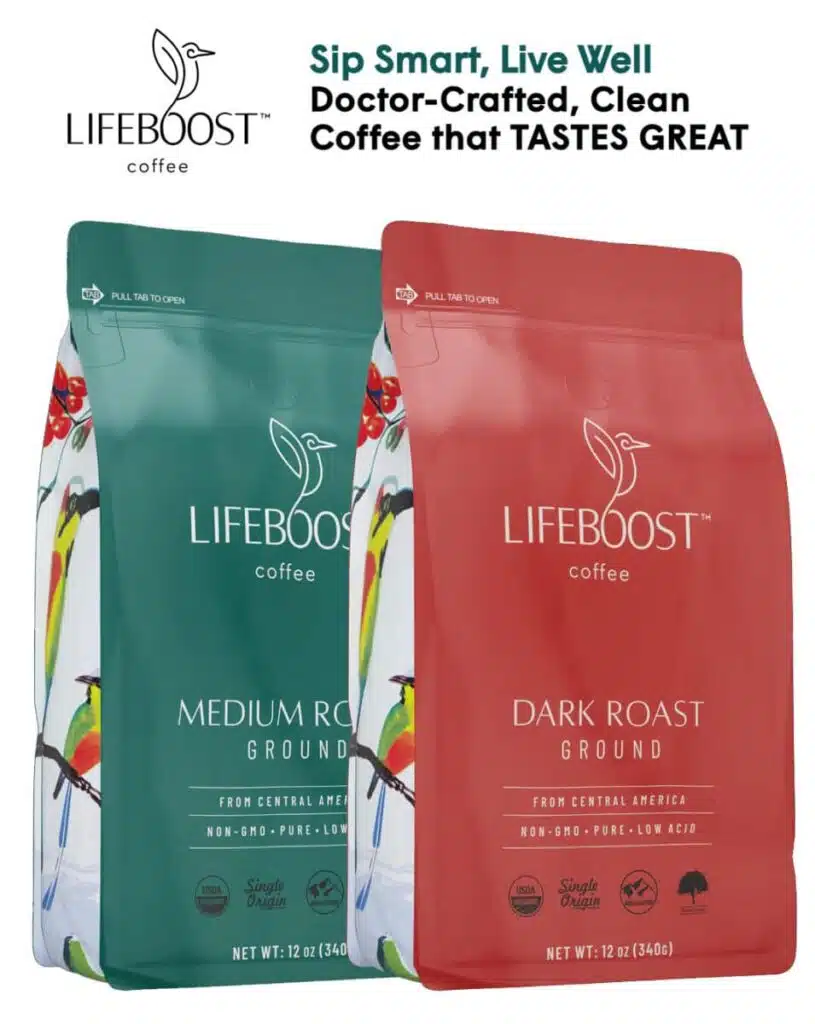Imagine waking up to the rich aroma of freshly brewed filter coffee at home, transforming your mornings into a delightful ritual. Crafting the perfect cup requires more than just boiling water and tossing in grounds; it’s an art that begins with selecting the right beans and extends to mastering brewing techniques. Whether you’re a novice or an experienced coffee enthusiast, this guide will equip you with essential tips to elevate your coffee experience. Get ready to indulge in a cup that not only wakes you up but also brings joy with every sip.
The Magic of Filter Coffee: An Introduction
There’s something undeniably enchanting about filter coffee at home. This beloved brewing method marries simplicity with sophistication, allowing rich flavors to unfold in a way that captivates the senses. As the aroma wafts through your kitchen, you embark on a delightful journey that awakens not just your taste buds, but also your spirit.
Why Choose Filter Coffee?
- Control Over Brewing: Unlike instant coffee, filter coffee gives you the power to tweak every aspect—from the grind size to the brew time.
- Rich Flavor Profile: The filter process enhances the coffee’s natural oils and flavors, offering a clearer taste and a more satisfying body.
- Ease of Preparation: Brewing filter coffee at home demands minimal equipment and a straightforward approach, allowing anyone to become a home barista.
The Ritual and Connection
Brewing filter coffee serves as a meditative ritual, grounding your morning or providing a calming pause during the day. As you embrace this art form, you’ll not only develop a deeper appreciation for your drink but also foster a connection to your surroundings.
So, step into the world of filter coffee at home, and let the magic unfold—one cup at a time!
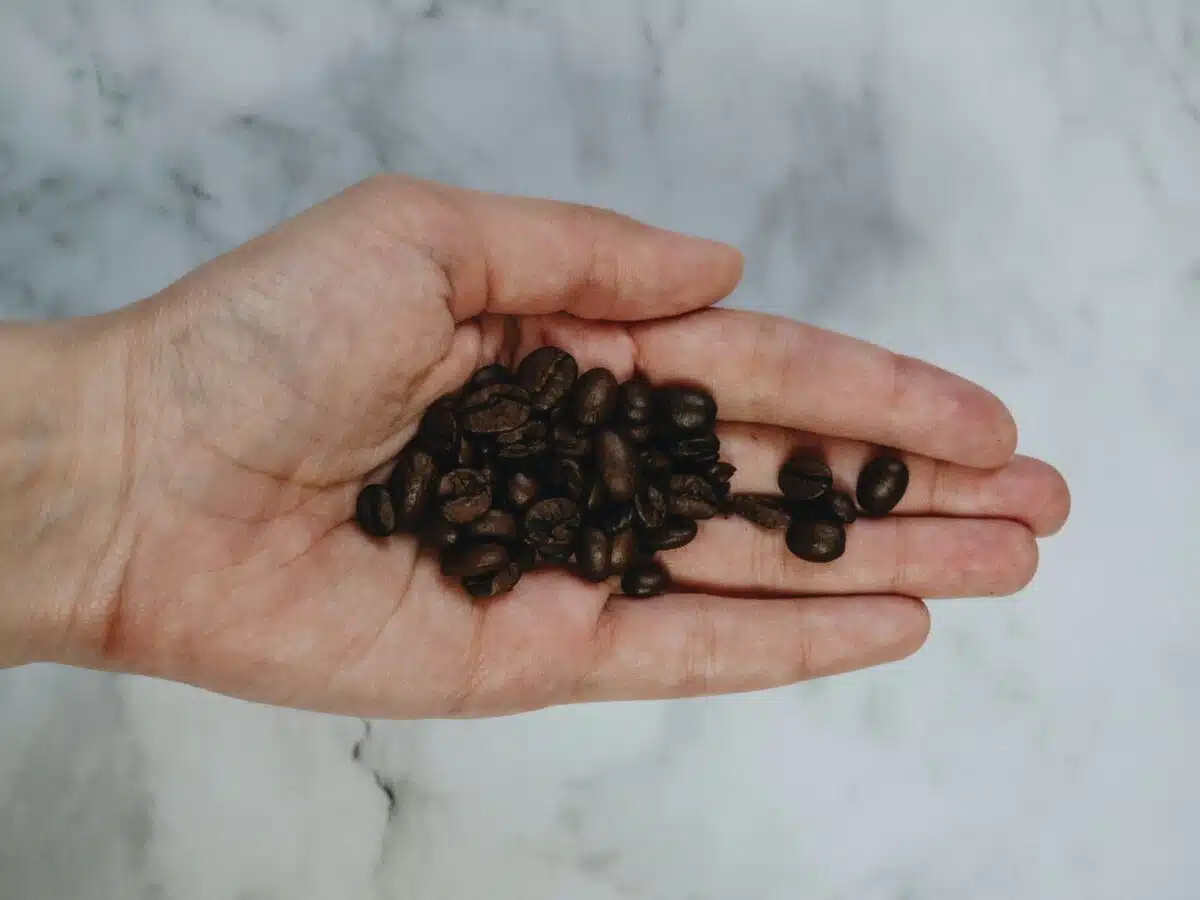
Choosing the Right Coffee Beans
Selecting the ideal coffee beans is crucial when you want to make filter coffee at home. Your choice not only affects the taste but also the aroma and overall experience of your brew. Here’s how to pick the right beans:
- Types of Coffee Beans: Familiarize yourself with the main varieties:
- Arabica: Known for its smooth, complex flavors. Best for those who enjoy a milder cup.
- Robusta: Tends to have a stronger, more bitter flavor with a higher caffeine content. Great for those who prefer boldness.
- Roast Levels:
- Light Roast: Retains the original flavor of the beans, providing fruity and floral notes.
- Medium Roast: Balances the characteristics of the beans with a touch of sweetness.
- Dark Roast: Features a more robust, smoky flavor profile. Ideal for a strong cup of filter coffee at home.
- Origin Matters: Consider the region your beans come from. For instance:
- Ethiopian beans are often fruity.
- Colombian beans lean towards a nutty flavor.
- Freshness is Key: Always choose freshly roasted beans. Buying from local roasters can ensure you’re getting the freshest options available.
By carefully considering these factors, you enhance the quality of your filter coffee at home, setting the stage for a delightful brewing experience.
The Essential Equipment for Brewing
Brewing the perfect filter coffee at home doesn’t just rely on the beans; it requires the right equipment. Here’s a streamlined list of the essentials you’ll need for a delightful coffee experience:
- Coffee Maker: Choose between:
- Drip Coffee Maker: Great for automatic brewing.
- Pour Over Set: Offers precise control over brewing time and temperature.
- Coffee Grinder: Invest in a good burr grinder for uniform coffee particle size. Freshly ground beans significantly enhance the flavor of your filter coffee at home.
- Kettle: A gooseneck kettle provides better pour control, ensuring an even extraction of coffee during brewing.
- Scale: Measuring the coffee and water accurately makes a noticeable difference in taste.
- Coffee Filters: Select high-quality, unbleached paper or reusable metal filters. The right filter can affect the clarity and body of your brew.
Comparison of Brewing Equipment
| Equipment | Pros | Cons |
|---|---|---|
| Drip Coffee Maker | Convenience, large capacity | Less control over brewing |
| Pour Over Set | Precision, full flavor control | Time-consuming |
| Coffee Grinder | Fresh grounds, better taste | Requires maintenance |
| Gooseneck Kettle | Precise pouring | Can be more expensive |
By investing in these pieces of equipment, you can ensure that every cup of filter coffee at home is a satisfying and flavorful experience.
The Perfect Coffee Grind: Why It Matters
When it comes to making filter coffee at home, the grind of your coffee beans plays a crucial role in the flavor and aroma of your brew. Here’s why getting the grind just right is essential:
- Extraction Rate: Different grinds release flavors at varying rates. A finer grind increases the surface area, leading to quicker extraction, while a coarser grind does the opposite. Choose wisely based on your brewing method!
- Brewing Time: The grind size affects the time your coffee brews. For example, a medium grind works wonders for drip coffee machines, while a coarse grind suits French presses perfectly.
| Grind Size | Brew Method | Recommended Brew Time |
|---|---|---|
| Coarse | French Press | 4-5 minutes |
| Medium | Drip Coffee Maker | 4-6 minutes |
| Fine | Espresso | 25-30 seconds |
- Flavor Profile: A well-matched grind can enhance the richness of your filter coffee at home. Over-extraction from a fine grind might lead to bitterness, while under-extraction from a coarse grind yields sour notes.
- Consistency: Aim for a uniform grind to ensure even extraction. Investing in a burr grinder can help maintain consistency, ensuring each cup of filter coffee at home delivers the perfect balance of flavors.
In summary, the right grind size can transform your coffee experience. Experiment to find what you like best, and enjoy rich, flavorful filter coffee at home!
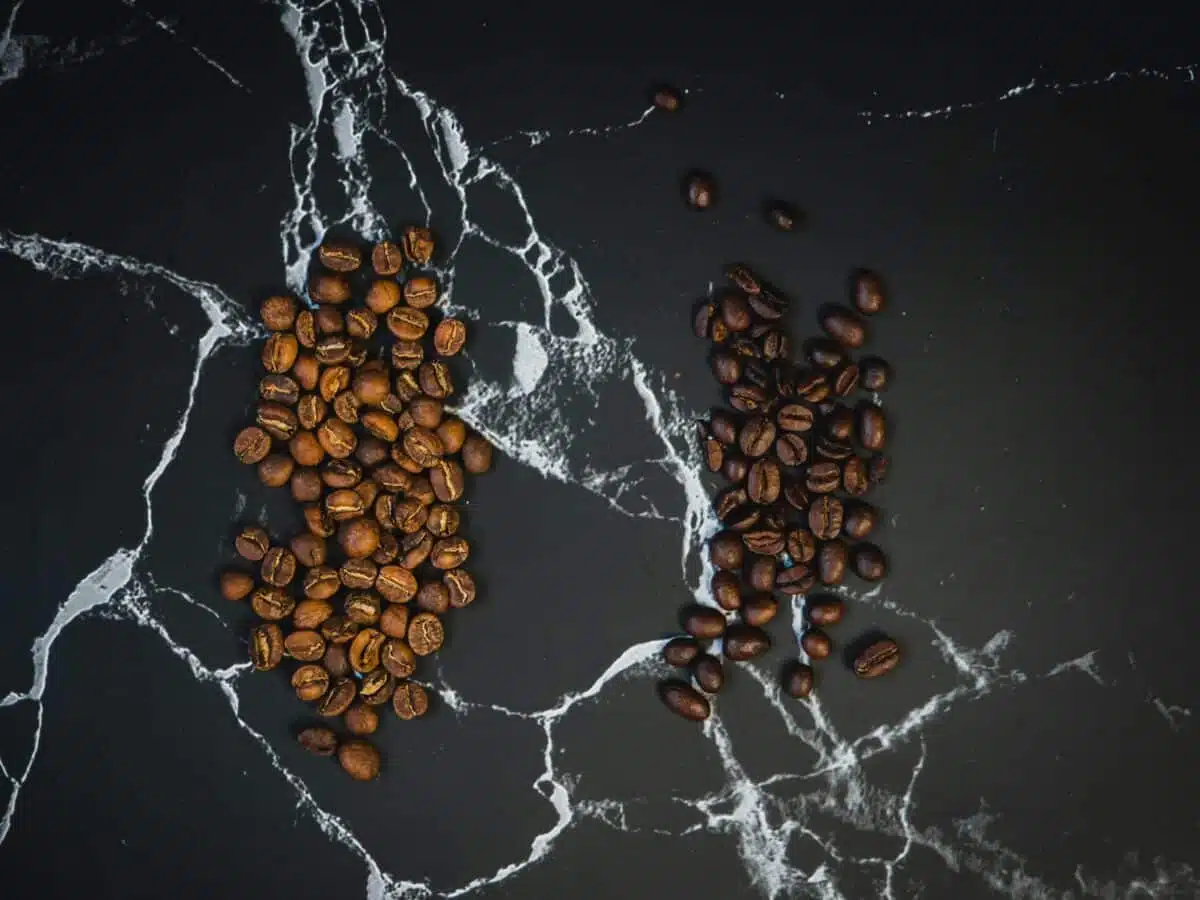
Water Quality: The Unsung Hero
When it comes to making filter coffee at home, the quality of water you use can dramatically affect the flavor of your brew. After all, water makes up about 98% of your coffee, so why compromise on this crucial ingredient?
Here’s why water quality matters:
- Taste: Chlorinated or hard water can lead to off-flavors, masking the richness of your coffee beans.
- Minerals: The right balance of minerals can enhance extraction, leading to a more flavorful cup. Look for water with moderate mineral content.
- pH Levels: Ideal coffee brewing water should have a pH around neutral (6-8). Water that’s too alkaline or acidic can adversely affect flavor profiles.
Types of Water for Brewing:
| Water Type | Pros | Cons |
|---|---|---|
| Tap Water | Convenient and accessible | May contain chlorine or impurities |
| Filtered Water | Removes unwanted chemicals and taste | Requires additional equipment |
| Bottled Water | Consistent quality with balanced minerals | Can be expensive and less eco-friendly |
| Spring Water | Naturally balanced mineral content | Price can vary, may not be conveniently available |
To brew the perfect cup of filter coffee at home, opt for filtered or bottled water that showcases the exquisite flavors of your chosen beans. Remember, a little attention to your water can take your coffee experience to the next level!
Brewing Techniques: Pour Over vs. Drip
When it comes to making filter coffee at home, two popular brewing techniques often steal the spotlight: pour over and drip. Each method offers a unique experience and flavor profile, making your choice dependent on personal preference and desired coffee characteristics.
Pour Over
- Control: You can precisely control the water flow and brew time, resulting in a tailored cup.
- Flavor: The pour-over technique emphasizes the coffee’s nuanced flavors and aromas, allowing for a richer taste.
Pros:
- Full control over extraction
- Enhanced flavor profile
Cons:
- Requires more time and technique
- Requires dedicated equipment
Drip
- Convenience: Just load up the machine, set it, and walk away—ideal for busy mornings.
- Consistency: This method produces a reliable taste with minimal effort, perfect for those who want a quick cup.
Pros:
- Time-efficient and easy
- Consistent results
Cons:
- Limited control over brewing variables
- May lack depth in flavor
Whether you choose to brew your filter coffee at home using pour over or drip, each method brings its own magic to the process. For a balance of convenience and quality, many coffee lovers often take the time to experiment and discover their ideal brew!
Infusing Flavor: The Art of Additives
Transforming your filter coffee at home into a delightful experience doesn’t stop at the brewing process. The art of additives introduces an array of flavors that can elevate your daily cup. Here are some popular options:
- Spices:
- Cinnamon: Adds warmth and sweetness.
- Nutmeg: Provides a nutty, earthy note.
- Cardamom: Imparts exotic flavor and aroma.
- Sweeteners:
- Sugar: The classic choice; try brown for a deeper flavor.
- Honey: A natural alternative that adds unique character.
- Maple syrup: For a rich, sweet finish with a hint of earthiness.
- Dairy and Non-Dairy:
- Milk or cream: Smoothens the coffee, balancing bitterness.
- Almond or oat milk: Adds creaminess with a nutty or sweet hint.
- Flavor extracts:
- Vanilla: For a sweet and fragrant cup.
- Hazelnut: To enjoy a rich, nutty undertone.
When infusing flavor into your filter coffee at home, it’s essential to experiment with proportions. Here’s a quick comparison of flavor profiles:
| Additive | Flavor Profile | Best For |
|---|---|---|
| Cinnamon | Warm, sweet | Enhancing spiced desserts |
| Honey | Floral, slightly fruity | Sweetening without refined sugar |
| Vanilla Extract | Sweet, creamy | Mood-boosting indulgence |
With the right combinations, you can create a unique cup of filter coffee at home that reflects your personal taste. So don’t hesitate—get creative and enjoy the endless flavor possibilities!
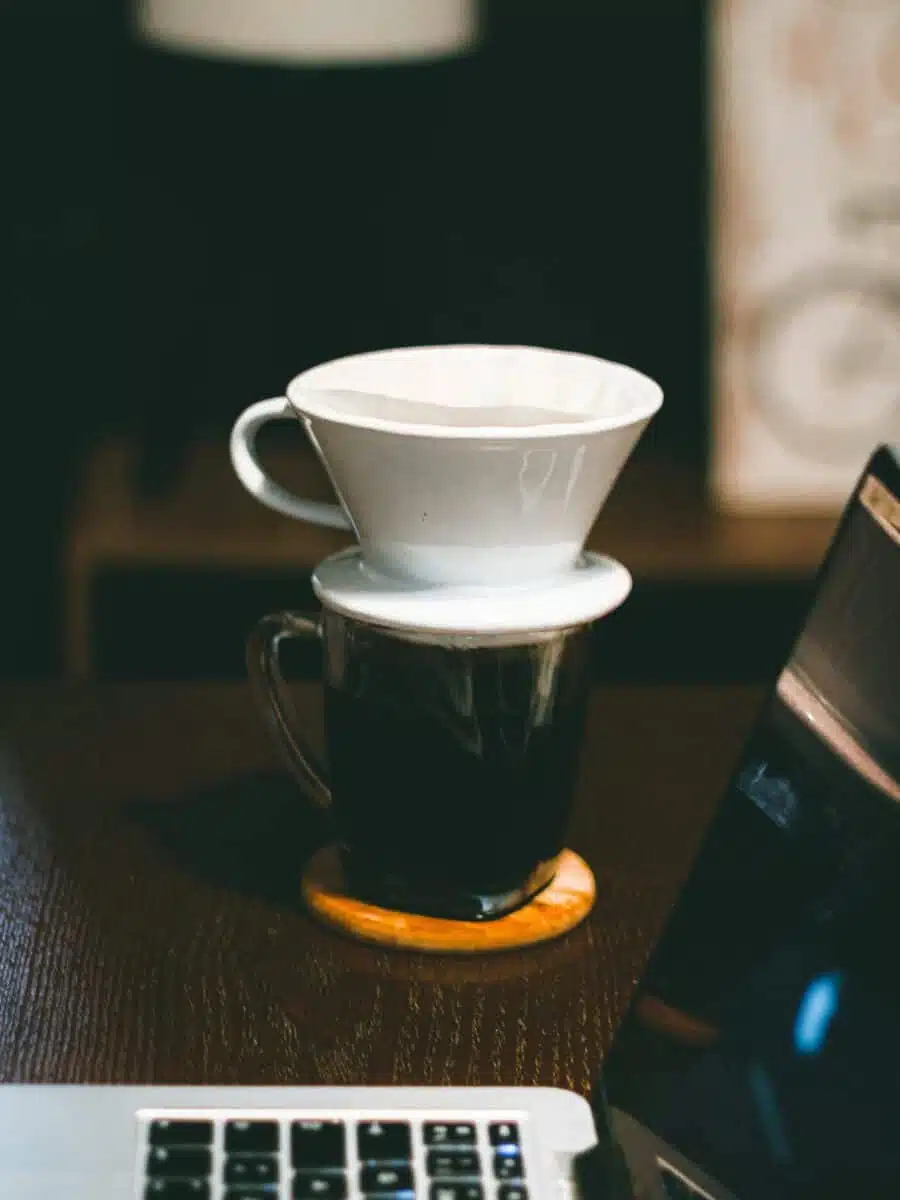
Mastering the Brew Time
When it comes to making the perfect filter coffee at home, mastering brew time is essential. Brew time directly influences the coffee’s flavor profile, aroma, and overall enjoyment. Here’s how you can get it just right:
- Timing is Key: Generally, a brew time of 4 to 6 minutes works well for filter coffee at home. This duration allows for the optimal extraction of flavors without bitterness.
- Adjusting for Grind Size: Keep in mind that the grind size of your coffee beans affects brew time:
- Coarse Grind: Takes longer (around 6 minutes) but yields a smoother cup.
- Medium Grind: Ideal for a balanced flavor, typically around 4 to 5 minutes.
- Fine Grind: Brews quickly (around 3 to 4 minutes) but may taste bitter if over-extracted.
- Factors Influencing Brew Time:
- Coffee-to-Water Ratio: A standard ratio is 1:15 (1 part coffee to 15 parts water).
- Water Temperature: Optimal temperature is between 195°F to 205°F (90°C – 96°C).
- Brewing Method: Different methods (pour-over vs. drip) also demand variations in timing.
To hone your skills, experiment with your equipment and techniques. Take notes on your brew times and flavor outcomes to find what suits your palate best. With practice, you’ll master the brew time for filter coffee at home, elevating your coffee ritual to new heights!
Troubleshooting Common Brewing Issues
Brewing the perfect filter coffee at home can sometimes come with its challenges. However, understanding the common issues can help you enjoy a delightful cup every time. Here are some prevalent problems and solutions to consider:
1. Bitter Coffee
- Cause: Over-extraction due to too fine a grind or an overly long brew time.
- Solution: Adjust your grind size to a coarser texture and shorten your brewing time for a smoother flavor.
2. Weak Coffee
- Cause: Under-extraction from a grind that is too coarse or an insufficient amount of coffee grounds.
- Solution: Use a finer grind and increase your coffee dosage. A standard ratio is 1:15 (coffee to water).
3. Sour or Acidic Taste
- Cause: Under-brewing caused by too coarse a grind or insufficient time.
- Solution: Ensure your brew time matches the grind size and use water heated to around 200°F (93°C) to enhance extraction.
4. Uneven Extraction
- Cause: Poor pouring technique or clogged filter.
- Solution: Pour water evenly over the coffee grounds and ensure your filter is clean for smooth flow.
By addressing these common issues, you’ll soon master the art of brewing filter coffee at home. Remember, every cup is a step towards perfection! Enjoy the journey!
Storing Your Coffee: Freshness is Key
Storing your coffee properly is crucial for ensuring that each cup of filter coffee at home retains its rich flavors and aromas. Here are some tips to keep your coffee fresh:
- Choose the Right Container: Use an airtight container to protect your coffee from air, moisture, and light. Glass jars with tight seals or opaque containers made from stainless steel are excellent choices.
- Keep it Cool: Store your coffee in a cool, dark place, away from direct sunlight and heat sources. Avoid the fridge or freezer for long-term storage, as moisture can compromise flavor.
- Whole Beans vs. Ground: If possible, buy whole beans and grind them right before brewing. Whole beans stay fresh longer compared to pre-ground coffee.
- Check Expiration Dates: Coffee has a shelf life, typically ranging from 2 to 4 weeks after roasting. Use fresh coffee for the best tasting experience when making filter coffee at home.
Quick Comparison
| Storage Method | Flavor Preservation | Recommended |
|---|---|---|
| Airtight Container | High | Yes |
| Open Bag | Low | No |
| Freezer | Medium | Only short-term |
By following these simple yet effective storage tips, you can enhance your filter coffee at home, ensuring that each brew brings you the delightful taste you crave. Remember, freshness is key to a truly enjoyable coffee experience!
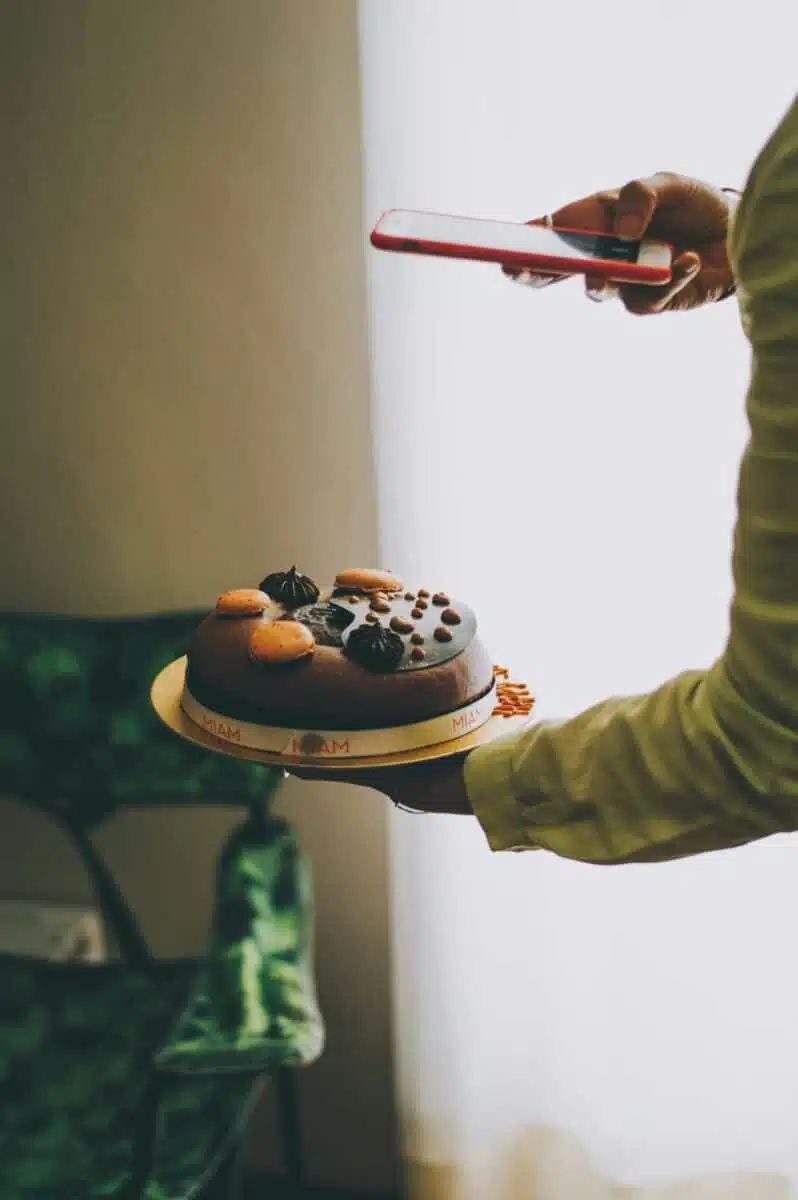
Enjoying Your Cup: Pairing and Presentation
Once you’ve perfected your skills to brew filter coffee at home, it’s time to elevate your coffee experience. Pairing your beverage with delightful treats can enhance both flavor and enjoyment. Here are a few recommended pairings:
Delicious Pairing Suggestions
- Chocolate: Rich dark chocolate complements the bitterness of coffee.
- Pastries: Flaky croissants or buttery Danish pastries provide a delightful contrast.
- Nuts: Roasted almonds or walnuts add a satisfying crunch.
- Cheese: Bold cheeses like Brie or sharp Cheddar can create an unexpectedly delicious combination.
Presentation Tips
Impress your guests and enhance your coffee ritual with thoughtful presentation:
- Coffee Mugs: Choose beautifully crafted mugs or glassware that showcase your brew.
- Garnishes: Add a sprinkle of cinnamon or a dollop of whipped cream for visual appeal.
- Tray Setup: Arrange your cup alongside a small treat on a nicely presented tray.
By thoughtfully pairing food and considering presentation, you amplify the enjoyment of filter coffee at home. Transform your ordinary coffee routine into a delightful ritual that not only satisfies your taste buds but also provides a feast for the eyes. It’s all about savoring the moment—one delicious sip at a time. Happy brewing!
Frequently Asked Questions
What type of coffee beans should I use for filter coffee?
For the best filter coffee experience, it’s crucial to choose high-quality coffee beans. Arabica beans are generally recommended for their smooth flavor profile, while Robusta can add a bolder kick. Look for freshly roasted beans, ideally roasted within two weeks, and select a medium to coarse grind texture. This will allow the water to extract the flavors effectively, leading to a delicious cup of coffee.
How much coffee should I use for brewing filter coffee?
The ideal coffee-to-water ratio varies based on personal preference, but a good starting point is to use two tablespoons of ground coffee for every six ounces of water. This measurement can be adjusted depending on how strong you prefer your coffee. Experimenting with this ratio will help you find your perfect brew strength, allowing you to enjoy a truly customized filter coffee experience.
What is the best way to brew filter coffee at home?
Brewing filter coffee at home can be achieved through several methods, with the pour-over technique being a popular choice. Start by boiling fresh water and allowing it to cool slightly before pouring. Use a filter cone with paper or metal filters, place the coffee grounds in the filter, and slowly pour hot water over the grounds in a circular motion. This ensures even saturation and extracts the flavors evenly, providing a rich and aromatic cup.
How do I store my coffee beans to maintain freshness?
To preserve the freshness of your coffee beans, store them in an airtight container in a cool, dark place, away from direct sunlight and moisture. Avoid keeping them in the fridge or freezer, as temperature fluctuations can compromise their flavor. Ideally, consume the beans within two to four weeks of roasting to enjoy the fullest flavor, and consider buying smaller batches for optimal freshness.
Can I use flavored coffee beans for filter coffee?
Absolutely! Flavored coffee beans can add an exciting twist to your filter coffee experience. Whether it’s vanilla, hazelnut, or seasonal spices, these flavors can complement your brewing method. Just be cautious about the sweetness and intensity of the flavorings, as they can alter the original taste profile of your coffee. Experimenting with flavored beans can lead to delightful discoveries in your daily cup.

